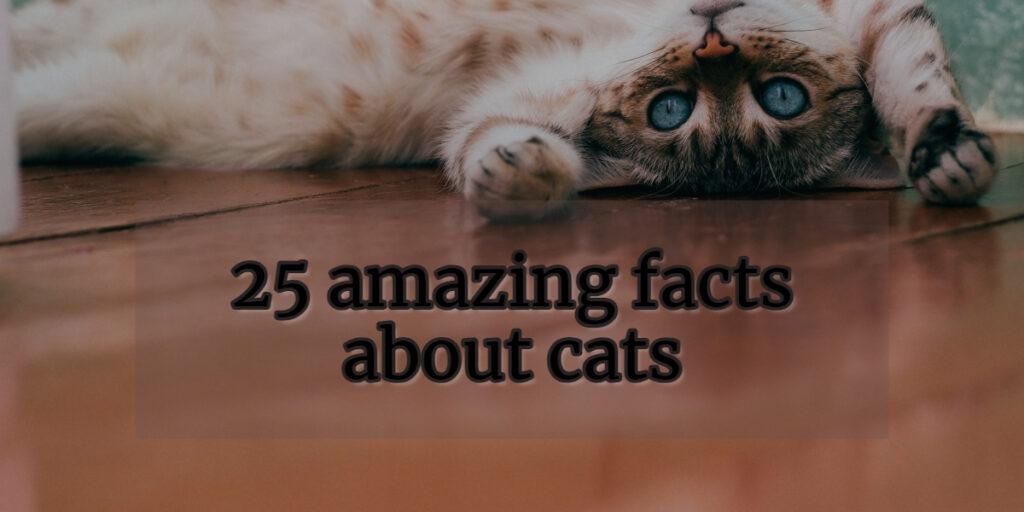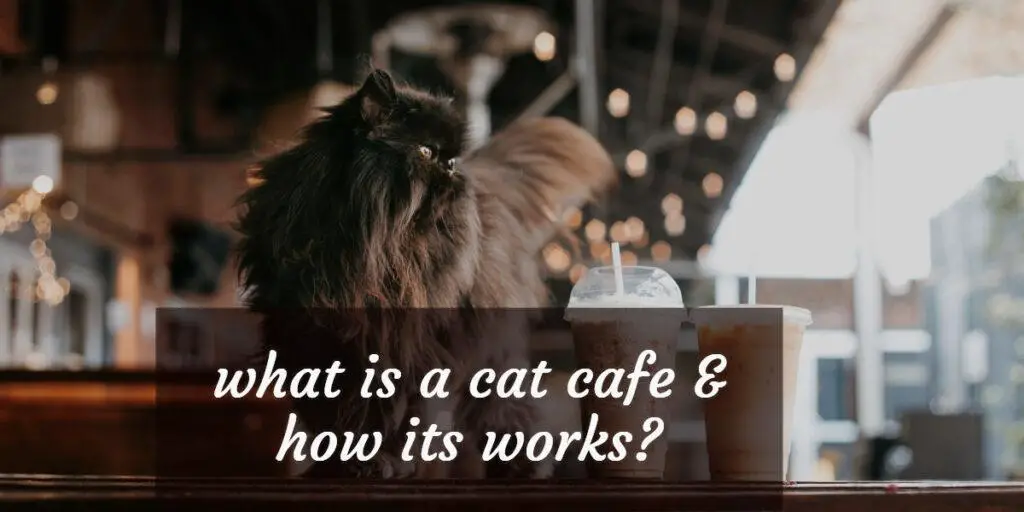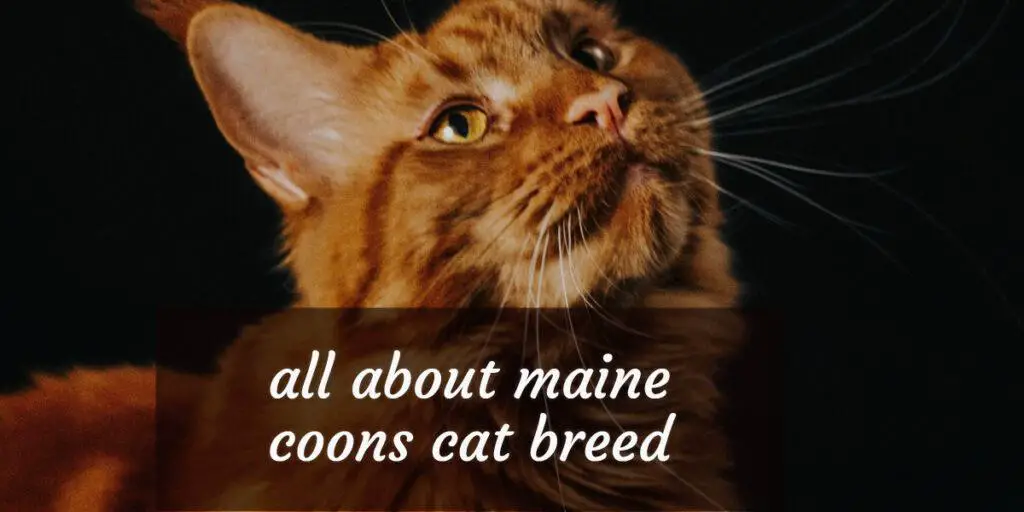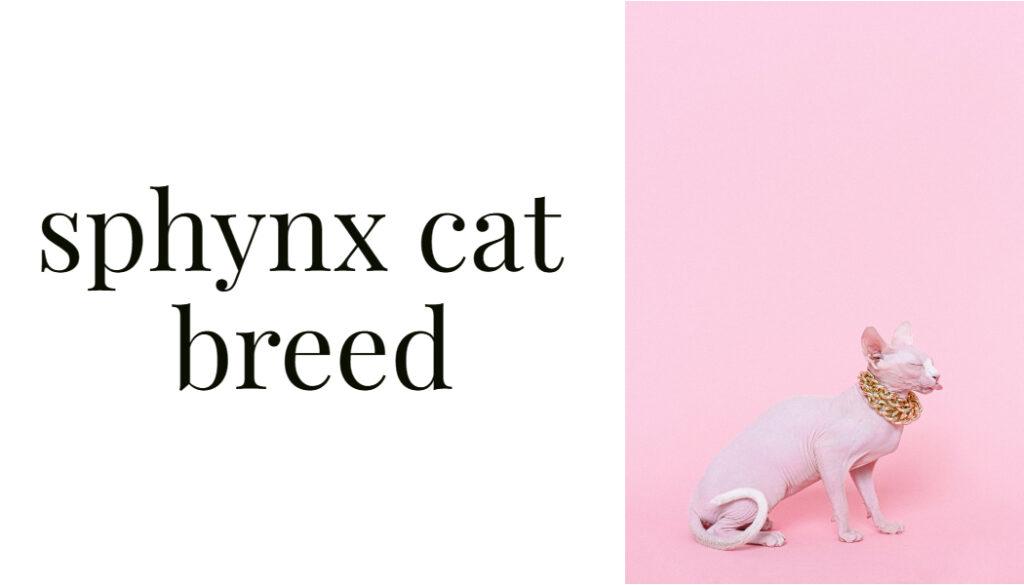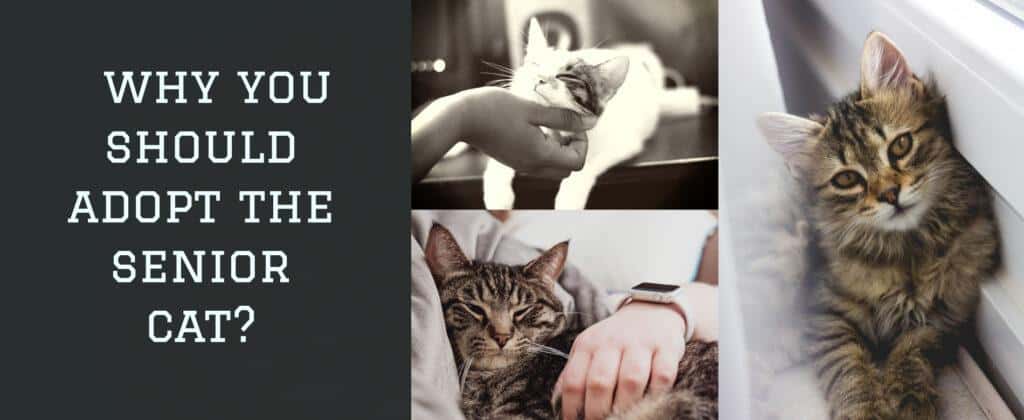There can be different purposes behind varieties in cat life systems. Nonetheless, a feline having a little head could not really be a reason to worry. In this article, we will investigate the variables that add to a feline’s actual appearance, including its head size, and the likely purposes behind a feline having a little head. It’s worth focusing on that not all felines with little heads have a hidden medical problem, as normal variety in size and shape is normal in the catlike world.
The Basics of Feline Anatomy

Before delving into the potential reasons for a cat have a small head, let’s establish a foundation by understanding the basics of feline anatomy.
1. Skull Structure
Skull structure serves as the fundamental basis of feline anatomy, shaping the overall structure of a cat’s body. The feline skull consists of various bonesincluding the frontal bone, parietal bone, and temporal bone that protect vital organs and house sensory apparatus. It influences key aspects of a cat’s form, function, and behavior.
The size and shape of a cat’s skull can vary between breeds, impacting head structure and cranial dimensions. Different skull shapes may correlate with distinct physical traits and, to some extent, behavioral tendencies. For instance, cats with brachycephalic (short-nosed) skulls often have distinctive facial features, while dolichocephalic (long-nosed) cats exhibit slender, elongated skulls.The skull’s structure is a blueprint for a cat’s appearance, including ear placement, eye positioning, and jaw shape.
2. Breed Variations

Breed variations are a fundamental aspect of feline anatomy that can result in cats having small heads. Different cat breeds exhibit distinct physical characteristics, including head size and shape. Breeding practices have selectively emphasized these traits, leading to variations in cranial proportions. For instance, the Siamese breed is known for its sleek, elongated body and relatively small head, whereas the Maine Coon is celebrated for its robust build and larger, more proportionate skull. These breed-specific characteristics are the outcome of genetic selection and specialization, creating a wide range of head sizes within the feline population. Therefore, when considering a cat’s small head, understanding breed variations is crucial, as it can often be a natural and healthy expression of the breed’s unique characteristics.
3. Growth and Development
Feline anatomy, including head size, is primarily influenced by the processes of growth and development. As kittens, cats have small, underdeveloped heads, which gradually grow in size and proportions as they age. This natural progression is a result of the complex interplay between genetics and environmental factors, notably nutrition.
Genetics establish the blueprint for a cat’s eventual head size, shape, and overall body proportions. Breeds often have distinct characteristics, including variations in cranial anatomy.Proper feeding ensures that kittens receive essential nutrients for healthy cranial development. Inadequate nutrition during these formative stages can lead to stunted growth, potentially resulting in a smaller head size.
Factors Contributing to a Cat’s Small Head

Now that we have a basic grasp of feline anatomy, let’s consider some probable causes of tiny heads in cats.
Genetic Factors
The tiny head size of cats is mostly caused by genetics. The distinctive qualities that distinguish different cat breeds, including as variances in cranial morphology, are substantially influenced by their genetic make-up. Breeders of cats use selective breeding to highlight particular physical characteristics, such as the size and form of the head. For example, the Cornish Rex is a breed distinguished by its distinctly curly coat and little skull. These genetic predispositions can be passed down from one generation to the next, resulting in a consistent appearance within a specific breed. Mixed breed cats, however, inherit a diverse genetic background and can display a wide range of head sizes due to this genetic variation.
Mixed Breed Cats
Mixed breed cats, also known as domestic shorthair or domestic longhair cats, can exhibit diverse physical characteristics, including variations in head size. This diversity is a result of their mixed genetic backgrounds, as they inherit traits from various ancestral lines. When it comes to head size, mixed breed cats can display a wide range, from small to large, depending on the genetic contributions from their lineage.
The unique combination of genes in mixed breed cats often leads to unpredictable but fascinating results. While some mixed breed cats may have small heads, it’s important to note that head size alone is not an indicator of their overall health. As with purebred cats, factors such as nutrition, genetics, and overall development play a role in determining cranial proportions.
Nutritional& Medical Factors
Insufficient or imbalanced nutrition during a kitten’s critical growth phases can lead to stunted cranial development. Proper feeding, including adequate protein, vitamins, and minerals, is crucial for a cat’s overall growth, including the head.
Some health issues can indirectly affect a cat’s head size. For instance, chronic illnesses or malabsorption disorders can disrupt a cat’s nutritional intake and growth, potentially leading to a smaller head.Certain medical conditions, though relatively rare, can directly impact head size. Conditions like hydrocephalus (abnormal accumulation of cerebrospinal fluid), microcephaly (underdeveloped brain), or congenital cranial abnormalities can result in a small head size.
Health Implications of a Small Cat Head

It’s important to highlight that not all cats with tiny heads suffer from underlying medical conditions. Numerous cats with tiny heads live regular lives and are in excellent condition. A tiny head size, however, may occasionally be a sign of an underlying health problem. The following medical disorders might possibly cause a tiny cat head:
1. Hydrocephalus
Hydrocephalus is an ailment portrayed by the exorbitant gathering of cerebrospinal liquid inside the cerebrum’s ventricles, prompting expanded intracranial strain. This condition can result from different variables, including intrinsic deformities, diseases, or growths, and it might influence people of all ages. Side effects of hydrocephalus frequently incorporate cerebral pains, vision issues, sickness, and in serious cases, mental and engine impedance. Treatment commonly includes precisely embedding a shunt to redirect and direct the progression of cerebrospinal liquid, reducing tension on the cerebrum. Early finding and mediation are urgent in overseeing hydrocephalus and limiting likely neurological harm.
2. Microcephaly
Microcephaly in felines is an uncommon innate condition where a feline is brought into the world with a fundamentally more modest head and cerebrum than normal for their species. This condition can prompt neurological and formative issues, influencing a feline’s in general mental capacities and coordinated movements. Microcephalic felines frequently display particular actual characteristics, including a more modest cranial construction and a changed appearance. While the seriousness of side effects can change, proprietors genuinely must give specific consideration, incessant veterinary consideration, and a protected climate to guarantee the most ideal personal satisfaction for these exceptional cat partners.
3. Congenital Abnormalities
Congenital anomalies in felines allude to underlying or useful imperfections present upon entering the world. These irregularities can influence different body parts or frameworks, including the head, appendages, organs, or in general turn of events. Normal inherent issues in felines might incorporate congenital fissures, heart deserts, skeletal disfigurements, or neurological circumstances. They commonly result from hereditary changes or pre-birth ecological variables. While a few inherent irregularities might negligibly affect a feline’s personal satisfaction, others can be serious and require clinical consideration or particular consideration..
4. Malnutrition
Malnutrition in felines alludes to a condition where a feline’s eating regimen misses the mark on supplements, prompting medical problems. It can come about because of depriving, taking care of a lopsided eating regimen, or certain medical issues that disrupt supplement retention. Malnourished felines might display side effects like weight reduction, a dull coat, laziness, and debilitated invulnerability. Long haul unhealthiness can prompt serious unexpected problems, including hindered development, formative issues, and organ harm.
Conclusion
A cat’s tiny head is often just a result of normal variance in feline anatomy. The size and form of a cat’s head are among the physical characteristics that differ across breeds. Mixed-breed cats can also display a variety of attributes because of their genetic diversity. However, it’s crucial to be alert to any apparent changes in your cat’s behavior or look because some medical disorders might show up as odd head size or shape. Consult a veterinarian for a thorough checkup if you are worried about your cat’s head size to safeguard its welfare. Keep in mind that every cat is different and deserves to be loved and cared for, regardless of head size.


